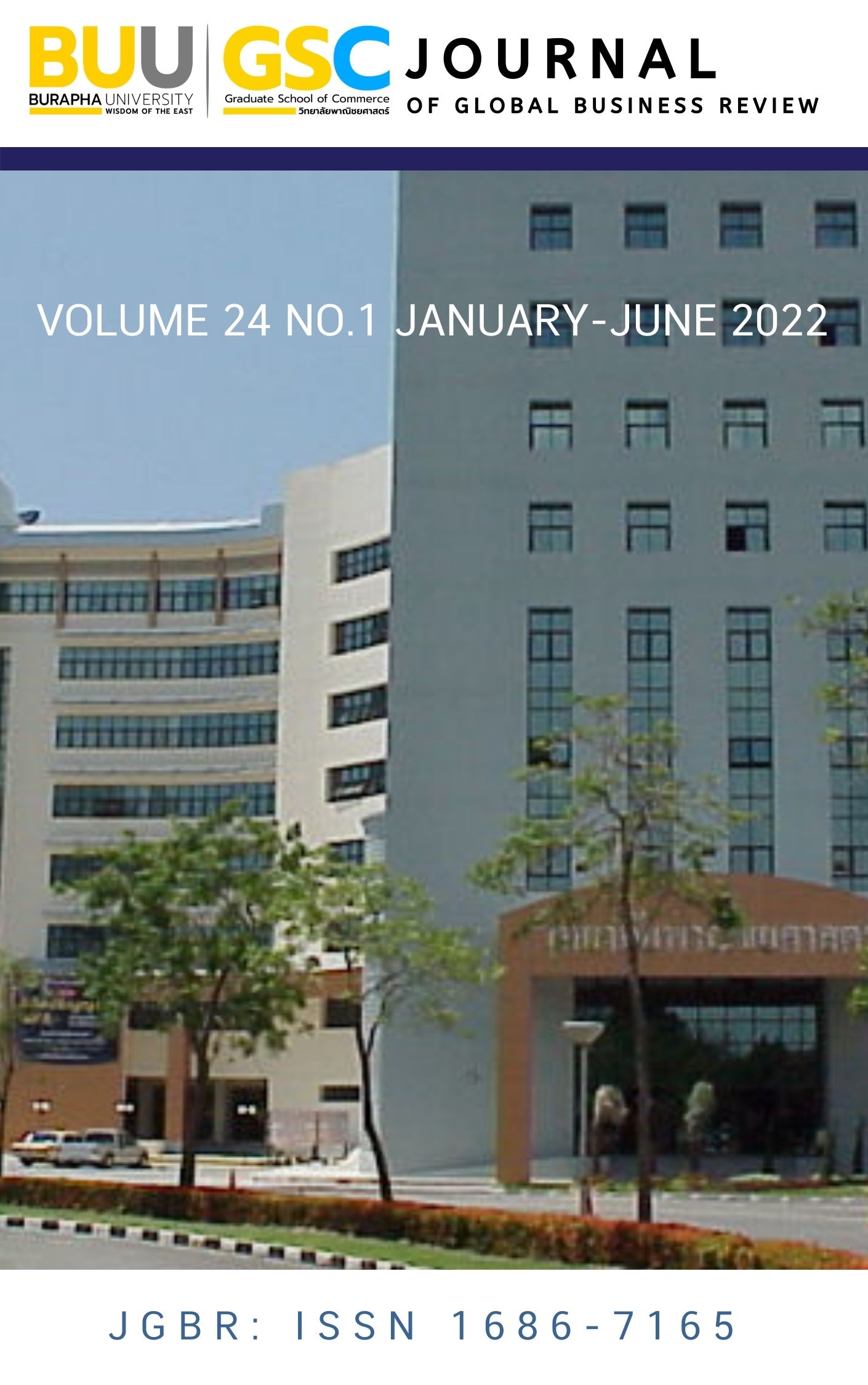PUBLIC ADOPTION OF TELEHEALTH TECHNOLOGY IN THAILAND
Main Article Content
Abstract
This study examines key determinants and challenges in the public adoption of telehealth technology in Thailand. It aims to provide managerial implication for Thai healthcare and telecommunication policy makers in designing and planning for the nation-wide adoption of the telehealth technology, in order to remedy long-standing healthcare problems such as medical staff shortage and inefficient care delivery. In addition, it aims to fill the gap in the existing literature whereas there are only a few related studies in the context of the telehealth technology adoption in rural areas. The TOE was employed as the framework to conduct a qualitative study using the in-depth interview method on 12 out of 35 Thai public primary, secondary, tertiary and specialized care centers, which participated in the pilot phase of the Telehealth project initiated by the National Broadcasting and Telecommunication Commission (NBTC) of Thailand. Findings reveal that the compatibility with disparate legacy information technology systems, the disagreement over the balance between data privacy and data usage, and the ineffectiveness in the requirement gathering process from key stakeholders are main technological barriers for adoption. Furthermore, organizational factors including continuous infrastructure and financial supports, work process redesigning, digital literacy training, and motivation schemes for a sustainable adoption are cited to be crucial. Lastly, concerned policy makers need to take into consideration environmental factors including needs for systematic collaboration among care centers at all levels, belief in physical meeting between care providers and receivers, and regulatory risk related to data privacy and intellectual property rights, for a successful adoption of the telehealth technology nationwide.


